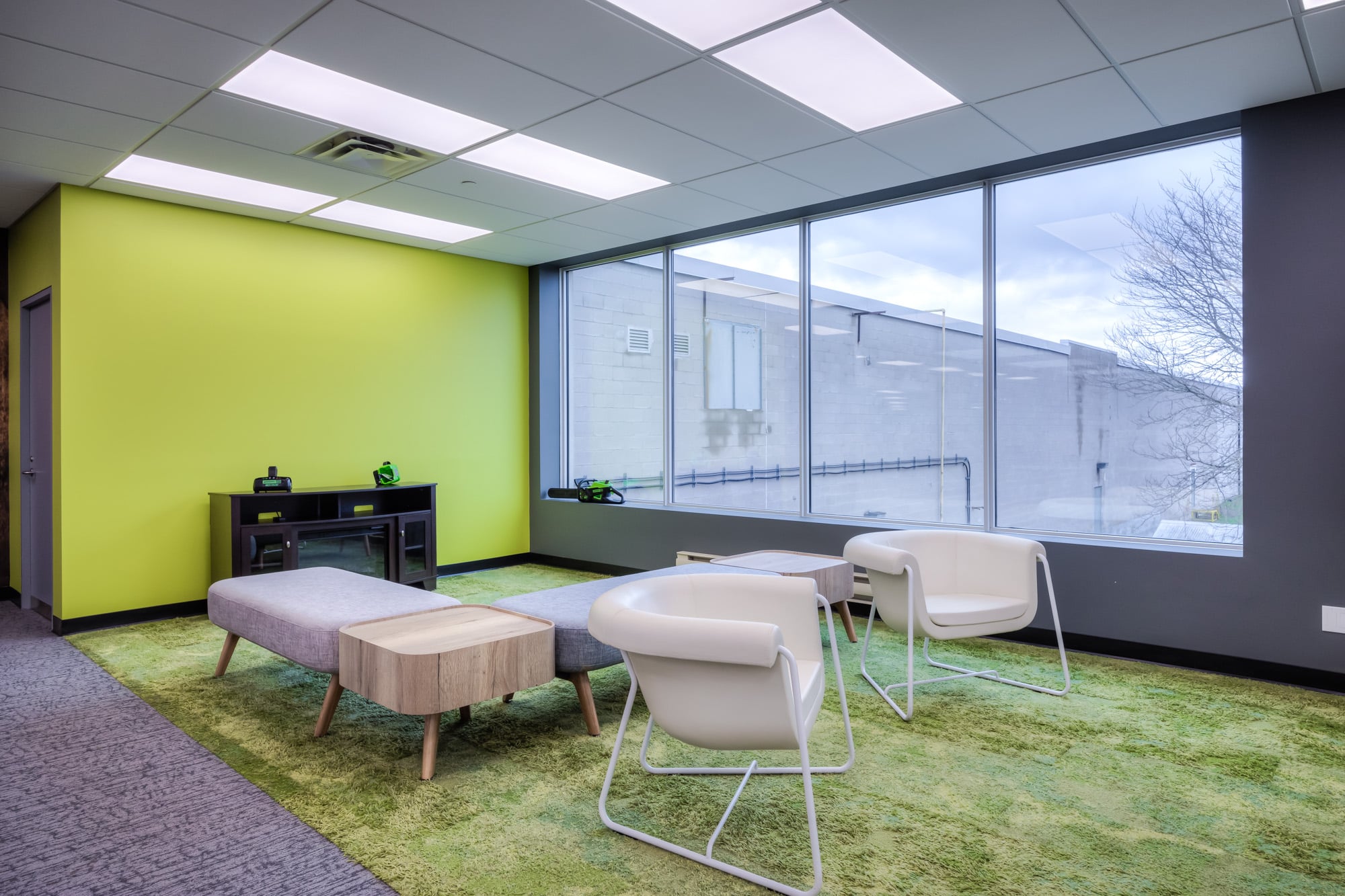Color psychology significantly influences workplace design, impacting employee productivity and well-being. Understanding how different colors affect moods can help create environments that enhance performance.
Understanding Color Psychology
Color can directly influence emotions and behaviour.
Each color elicits different emotional responses; for instance, blue is often associated with calmness and increased focus, while yellow can evoke feelings of happiness and creativity. This psychological impact can lead to enhanced employee satisfaction and decreased stress levels. By thoughtfully incorporating specific colors into the workplace, designers can create spaces that resonate positively with individuals. For example, a well-planned use of color can foster a more collaborative and innovative work culture.
The Role of Warm Colors
Warm colors can stimulate energy and increase alertness.
Warm colors, such as red, orange, and yellow, tend to energize and stimulate activity. These hues can encourage teamwork and communication among employees, which is essential for collaborative projects. However, an overuse of warm colors can lead to feelings of agitation or overwhelm. Its crucial to balance warm tones with cooler colors to create a harmonious environment. This strategic use of color can result in a dynamic workplace promoting both enthusiasm and comfort.
The Impact of Cool Colors
Cool colors promote calmness and concentration.
Cool colors like blue, green, and purple are known for their calming effects and can enhance concentration and productivity. These colours are ideal for spaces designed for focused tasks, allowing employees to maintain their composure during high-pressure situations. They also encourage relaxation, helping to reduce workplace anxiety. By incorporating cool colors into areas such as break rooms and conference spaces, employers can create a balanced environment that fosters both tranquillity and efficiency.
Color and Brand Identity
Color choices in the workplace reflect organizational values.
Colors used in a company’s interior design can align with its brand identity and values. For instance, a tech company might choose modern, cool tones to evoke innovation, whereas a wellness brand could incorporate earthy tones to represent health and authenticity. This visual connection reinforces brand loyalty and can improve employee alignment with company goals. By making strategic colour choices, organizations can enhance their overall image both internally and externally.
Cultural Considerations in Color Use
Colors can have different meanings across cultures.
It is essential to consider cultural perceptions of color when designing workplaces, as colors may hold various meanings in different cultures. For instance, while white is often associated with purity in some cultures, in others, it may symbolize mourning. Understanding these nuances can help multinational companies create inclusive environments that resonate with diverse workforces. This thoughtfulness can improve employee morale and promote a sense of belonging among team members.
The Psychological Effects of Color Saturation
The intensity of color can affect mood and productivity.
Not only does color choice matter, but so does the saturation and brightness of those colors. Highly saturated colors can energize and motivate, but excessive brightness can be distracting or overstimulating. Conversely, muted colors may create a sophisticated and calm atmosphere, yet they can also risk making the environment feel dull. Balancing saturation levels is critical; incorporating variations can create dynamic spaces that engage employees without overwhelming them.
Practical Implementation of Color Psychology
Implementing color psychology requires careful planning.
To successfully integrate color psychology into workplace design, organizations must conduct assessments of both their brand identity and employee needs. Collaborating with design professionals can help ensure that color selections are not only aesthetically pleasing but also functional. Additionally, soliciting employee feedback on color preferences can foster inclusivity and engagement. By focusing on both psychological and practical considerations, businesses can create spaces that enhance well-being and productivity.
Understanding the impact of color psychology is crucial for designing productive workplaces. By strategically selecting colors based on their psychological effects, organizations can enhance employee satisfaction, creativity, and overall performance.

